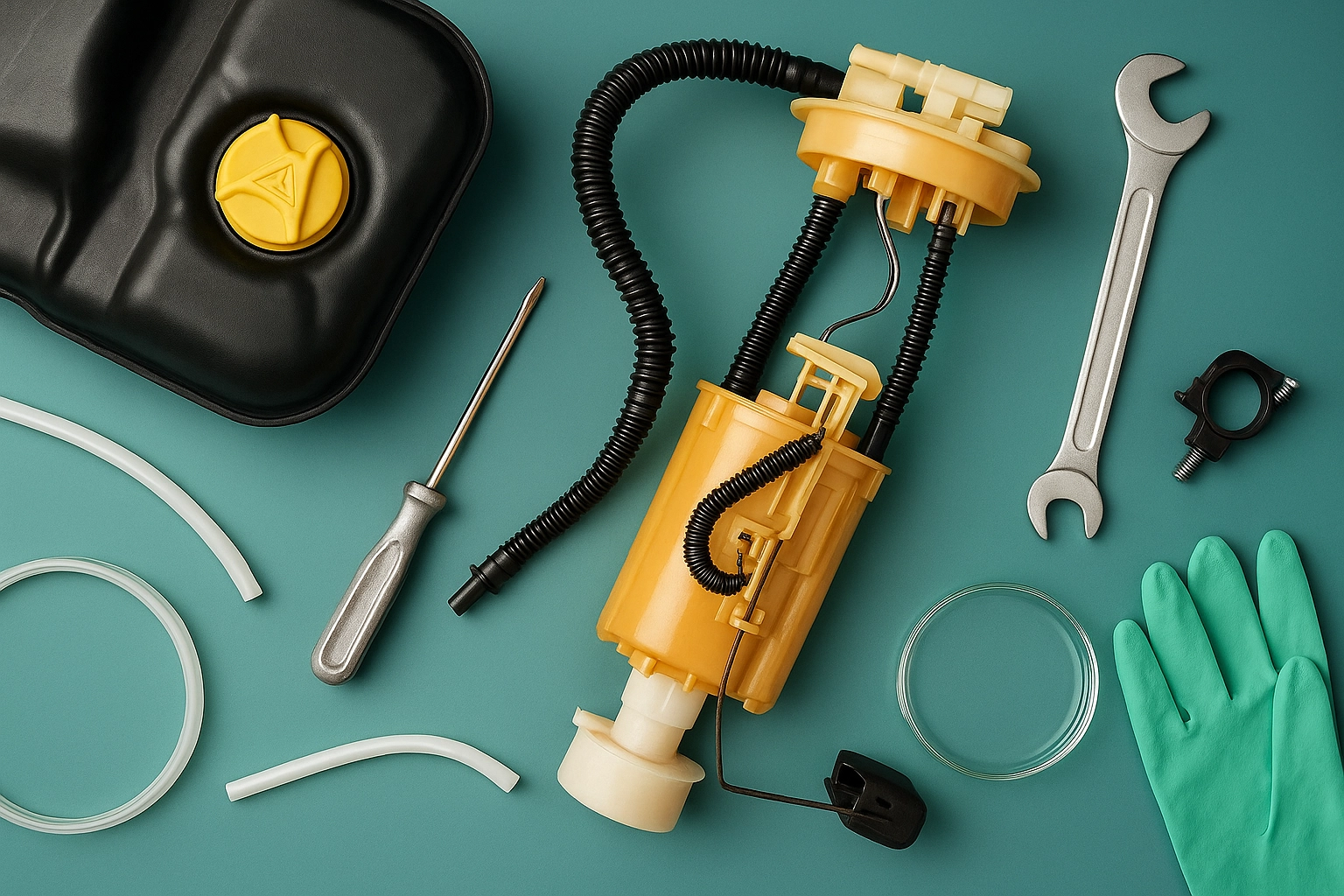SAE J246 Fuel Tank Drop Impact Test
The SAE J246 Fuel Tank Drop Impact Test is a critical procedure used to evaluate the structural integrity of fuel tanks in automotive applications. This test simulates the potential damage that could occur during vehicle accidents or road impacts, ensuring that fuel tanks withstand such stresses without compromising safety standards.
During this test, a fuel tank is dropped from a specified height onto an impact surface. The test aims to assess how well the tank resists deformation and leakage under these conditions. Compliance with SAE J246 ensures that automotive manufacturers meet stringent safety requirements set by regulatory bodies worldwide.
The significance of this test lies in its ability to protect both passengers and the environment. In the event of an accident, a compromised fuel tank can lead to severe consequences such as fire hazards or environmental pollution. By adhering to SAE J246 standards, manufacturers ensure that their vehicles meet global safety expectations.
The test procedure involves several key steps:
- Preparation: The fuel tank is cleaned and dried thoroughly before testing.
- Positioning: The tank is placed in a fixture aligned with the specified drop path.
- Drop: The tank is dropped from a predetermined height onto an impact surface.
- Evaluation: The condition of the tank post-drop, including any signs of damage or leakage, is carefully inspected and recorded.
The test apparatus typically includes:
- A drop tower capable of reaching the specified height.
- An impact surface designed to withstand repeated drops without significant wear.
- Specialized fixtures for securing the fuel tank during testing.
The acceptance criteria for this test are stringent and align closely with international safety standards. A successful outcome means that the fuel tank has demonstrated adequate resistance against the specified impact conditions, thereby passing the SAE J246 requirements.
Manufacturers who adhere to these tests benefit from enhanced product reliability and consumer confidence in their vehicles' safety features. This compliance also opens doors to international markets where stringent quality control measures are implemented.
Applied Standards
The SAE J246 Fuel Tank Drop Impact Test is closely aligned with several other automotive testing standards, including ISO 10356 and ASTM F978. These standards provide a comprehensive framework for ensuring the structural integrity of fuel tanks during various types of impacts.
ISO 10356 focuses on the performance requirements for fuel systems in road vehicles, while ASTM F978 emphasizes the drop impact testing methods for small gasoline containers used in recreational vehicles and motorcycles. By adhering to these standards, manufacturers can ensure that their products meet not only local but also international safety regulations.
The application of SAE J246 specifically targets fuel tanks in passenger cars, light-duty trucks, and other similar vehicles. It is essential for any manufacturer aiming to produce safe and reliable vehicles that comply with global automotive standards.
Why Choose This Test
The SAE J246 Fuel Tank Drop Impact Test offers several compelling advantages over alternative testing methods. Firstly, it provides a standardized approach to evaluating fuel tank integrity under controlled conditions, which minimizes variability and ensures consistent results across different batches of products.
Secondly, this test helps manufacturers identify potential weaknesses in their designs early in the development process. By incorporating SAE J246 into their quality assurance protocols, they can make necessary adjustments before mass production begins, reducing costly recalls later on.
Thirdly, compliance with SAE J246 demonstrates a company’s commitment to safety and reliability, which is crucial for building trust among consumers and regulatory bodies alike. This commitment can translate into enhanced brand reputation and increased market share.
Finally, this test contributes significantly to reducing the risk of accidents involving fuel tank failures. By ensuring that fuel tanks meet stringent impact resistance requirements, manufacturers contribute to overall road safety, helping to prevent fires and environmental contamination caused by ruptured fuel containers.
Competitive Advantage and Market Impact
In today’s competitive automotive industry, meeting or exceeding regulatory standards is essential for success. Compliance with SAE J246 not only ensures that a manufacturer meets global safety requirements but also sets them apart from competitors by demonstrating superior product quality.
By implementing this test as part of their quality assurance processes, manufacturers can confidently market their vehicles as safe and reliable. This enhances customer satisfaction and loyalty, which are vital for long-term success in the automotive sector.
In addition to enhancing brand reputation, adherence to SAE J246 can also lead to cost savings by identifying design flaws early in the development process. These efficiencies translate into lower production costs without compromising quality, ultimately benefiting both manufacturers and consumers alike.
The growing emphasis on sustainable practices within the automotive industry further underscores the importance of robust testing like SAE J246. By minimizing the risk of fuel spills during accidents, manufacturers contribute to reducing environmental impact—a key concern for environmentally conscious consumers.





